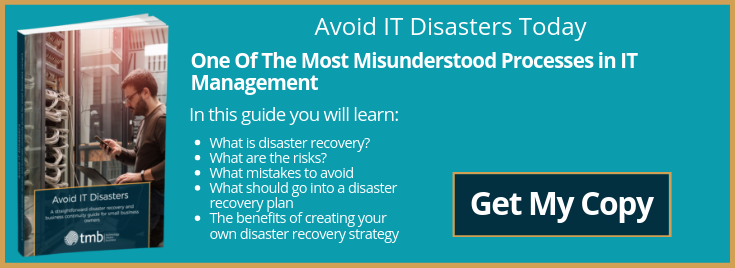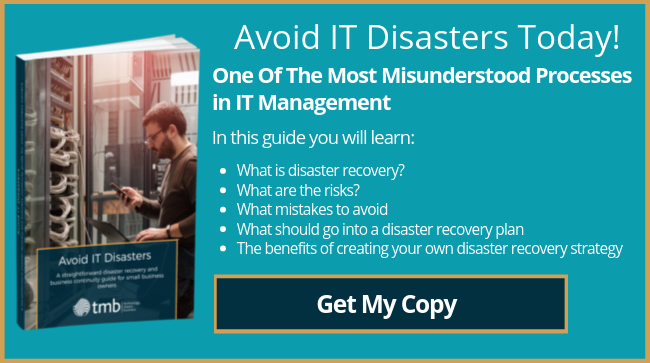What Is The Impact On My Business Of Not Having A Disaster Recovery Plan?
Are disaster recovery plans worth it? If you are a responsible business leader, the only way to answer that question is by knowing the facts. Here, we take a look at the theory behind disaster recovery planning and the evidence to show the impacts that organisations have experienced by not having one.

What Is A Disaster Recovery Plan?
Disaster recovery planning is becoming an essential tool for organisations. Navigating business in a turbulent landscape of shifting technology, a Wild-West-style cyber space, and increasingly complex legal rules, is one of the biggest threats to contemporary companies. Disaster recovery plans involve predicting threats, minimising risks, and having a solid and well-oiled plan in place in case the worst should happen.
Complete Data Loss
Data loss is one of the most fear-inducing threats that businesses face. As little as a decade ago, the most prominent form of data loss was a company executive leaving a sensitive USB stick on a train. Although this threat still exists (Heathrow Airport was fined £120k in 2018 for a “highly regrettable” data stick loss), the majority of serious data losses now occur remotely. Data loss equates to more than just high-profile fines. Studies suggest that companies that lose their customers’ data often slip silently off the information superhighway and into the organisational equivalent of tumbleweed. Studies also show that customers are very forgiving, as long as the problem is fixed rapidly. Disaster recovery planning makes this happen.
Business Interruption
In every epoch, there are vulnerabilities that can bring companies to their knees. In the Industrial Revolution, a coal shortage could put factories, shipping and transport rapidly out of business. Today’s equivalent is IT. Digitisation is now “necessary”, according to business commentators. This is supported by Statistica figures, which show that “reaching customers where they want to buy” is vital for 76% of surveyed organisations. When the digital artery is severed, it does not take long for the downtime costs to begin. Disaster recovery plans are designed to immediately reconnect a company with its audience, minimising downtime and maximising efficiency.
PR Woes
IT is so important that an inability to deal with a disaster can have serious consequences. Paul Pester, CEO of banking group TSB, found himself before Parliament in 2018 having to explain their high-profile IT mistake. With a little time, large corporations can generally bounce back from these kinds of incidents, but SMEs have a much bumpier ride when things go wrong. This is worrying, as research by the Association of British Insurers shows that “80% of businesses that suffer a major incident fail within 18 months.” Interviewed by HSBC, management consultant Hedley Basford explains that a lack of disaster recovery planning underpins this loss.
Find Out More
If you want to learn more about the risks that face your industry sector, have a chat with one of our experienced disaster recovery professionals today.
Image source: Pixabay


